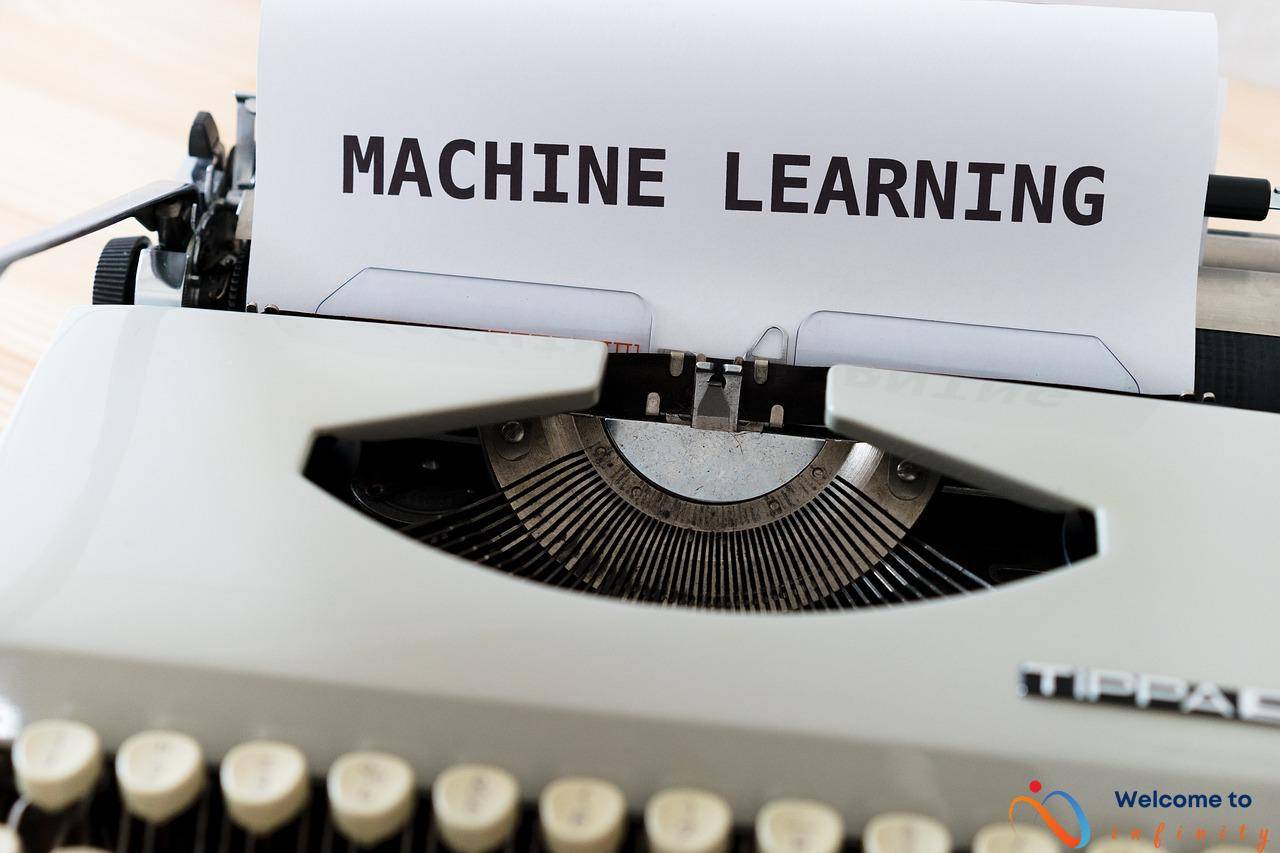In data science, model overfitting is a critical issue that can lead to poor performance of the model. When a model overfits to the training data, it performs poorly on unseen data, which can be problematic. To solve this problem, model regularization methods are used.
Model regularization is a technique that helps to prevent overfitting by adding a penalty term to the loss function to reduce the model's complexity. By doing so, model regularization can help the model generalize better and perform well on new data. There are various techniques available for model regularization, which we will discuss in this article.
By using these techniques, we can prevent overfitting and achieve better performance of the model. Let's explore some of these techniques in detail to understand how they work and their benefits.
L1 and L2 Regularization
L1 and L2 regularization techniques are commonly used to prevent overfitting in machine learning models. Overfitting occurs when a model is too complex and fits to the training data too closely, leading to poor performance on new, unseen data. Regularization techniques are used to reduce model complexity by adding a penalty term to the loss function.
L1 regularization adds a penalty term equal to the absolute value of the weights, while L2 regularization adds a penalty term equal to the square of the weights. Both techniques help to reduce overfitting by shrinking the weights towards zero, making the model less sensitive to small changes in the input data.
One advantage of L1 regularization is that it can be used to perform feature selection, as it tends to drive weights to zero for less important features. On the other hand, L2 regularization is useful in preventing large weight values and tends to distribute the weights more evenly across all features.
Table: L1 and L2 Regularization Techniques
| Regularization Technique | Penalty Term | |————————–|——————————————————|| L1 | Absolute value of the weights | | L2 | Square of the weights |
In summary, L1 and L2 regularization are powerful techniques used to reduce model complexity and prevent overfitting. By adding a penalty term to the loss function, these techniques can shrink the weights towards zero and make the model more robust to changes in input data. choosing the right type of regularization depends on the specific problem and data set, and a combination of multiple techniques may be used to achieve the best performance.
Dropout
When training a neural network, each neuron is activated based on input from the previous layer. This dependence among neurons can lead to overfitting if the network becomes too complex and highly specialized to the training data. Dropout is a powerful regularization technique that can help prevent overfitting by randomly dropping out a fraction of the neurons in a given layer during training.
By randomly setting some neurons to zero, dropout forces the network to learn more robust features that are not dependent on other neurons. This helps prevent the network from relying too heavily on specific neurons and improves its ability to generalize to new data.
The main advantage of dropout is that it is simple to implement and can improve the performance of a neural network without requiring changes to the architecture or hyperparameters. Dropout is also very effective in reducing overfitting, and it has become a popular technique in the deep learning community.
During the testing phase, all neurons are used, so the output of the network reflects the full power of the trained model. Although dropout can lead to increased training time, it is a small price to pay for the benefits it provides.
Overall, dropout is a useful regularization technique that can improve the generalization performance of a neural network by reducing overfitting. By randomly dropping out a fraction of the neurons during training, dropout forces the network to learn more robust features that are not dependent on specific neurons. This helps the network generalize better to new, unseen data and ultimately performs better in real-world scenarios.
Early Stopping
Early stopping is a popular technique used to prevent overfitting in machine learning. It works by monitoring the performance of the model during training on a validation set and stopping the training process when the performance on the validation set starts to degrade. The idea is to find the sweet spot where the model has learned enough to generalize well on new data but not so much that it starts to overfit on the training data.
Early stopping is based on the assumption that as the model continues to train, it will eventually start to overfit on the training data, causing the performance on the validation set to worsen. By stopping the training process before overfitting occurs, we can prevent the model from becoming too complex and increase its ability to generalize on new data.
One of the key aspects of early stopping is determining the optimal number of epochs (iterations) to train the model. If we stop the training too early, the model may not have learned enough to generalize well on new data. On the other hand, if we train the model for too long, it could start to overfit on the training data and have poor performance on new data.
To determine the optimal number of epochs for early stopping, we can use techniques such as cross-validation. Cross-validation involves splitting the data into multiple subsets and training the model on different combinations of the subsets. By evaluating the performance of the model on the validation set at each epoch, we can identify the point where the performance starts to worsen and use that as the stopping point.
Overall, early stopping is a powerful technique for preventing overfitting and improving the generalization performance of machine learning models. By monitoring the performance on the validation set and stopping the training process at the optimal point, we can achieve better accuracy and avoid overfitting on the training data.
Cross-Validation
Cross-validation is a powerful technique used to evaluate the performance of a model. It involves randomly splitting the data into multiple subsets or folds, where each fold is used as a validation set, and the rest of the data is used as a training set. This process is repeated multiple times, with different folds used as the validation set each time.
By training the model on different subsets of the data and testing it on the validation set of each fold, we can get a more accurate estimate of the model's performance on new, unseen data. This helps prevent overfitting, which occurs when a model is too complex and fits the training data too closely, leading to poor performance on new data.
Cross-validation is particularly useful when working with limited amounts of data, as it allows us to make the most of the available data by using each sample both as part of the training set and as part of the validation set. It also helps us choose the best model hyperparameters, such as the learning rate or regularization strength, by allowing us to evaluate the performance of the model under different conditions.
One common form of cross-validation is k-fold cross-validation, where the data is split into k folds of equal size. In each iteration of the process, one of the k folds is used as the validation set, and the rest of the data is used as the training set. This is repeated k times, with each fold used once as the validation set. The results are then averaged to give an overall estimate of the model's performance.
Another form of cross-validation is stratified cross-validation, which ensures that each fold has an approximately equal distribution of samples from each class. This can be important when working with imbalanced datasets, where a small number of samples belong to a specific class.
In conclusion, cross-validation is a powerful technique that can help prevent overfitting and improve the generalization performance of a model. By using multiple folds of the data for training and validation, we can get a more accurate estimate of the model's performance on new, unseen data, and choose the best model hyperparameters and architecture, ensuring a better prediction result.
Bias-Variance Tradeoff
The bias-variance tradeoff is a critical concept in machine learning that affects the performance of a model. Bias is defined as the difference between the actual values and the predicted values. A model with high bias underfits the data, meaning that it does not capture the complexity of the underlying relationship between the input and output variables. This type of model has high error on both the training and test sets. On the other hand, variance refers to the variability of the model's predictions. A model with high variance overfits the data by capturing the noise in the training set. It performs well on the training set but has high error on the test set.
The goal of model training is to strike a balance between bias and variance to achieve good generalization performance. A high-bias model can be made more complex by adding more features or increasing the model's capacity. However, this can often lead to overfitting and result in high variance. Similarly, reducing the complexity of a high-variance model can improve bias, but may result in underfitting. The optimal balance between bias and variance can be achieved by selecting the appropriate model complexity and choosing the regularization techniques that best suit the data.
Regularization techniques such as L1 and L2 regularization, dropout, early stopping, and cross-validation can help in finding the optimal balance between bias and variance. L1 and L2 regularization can reduce model complexity while dropout can improve the robustness of neural networks by randomly dropping out neurons. Early stopping can prevent overfitting by stopping training when the validation error starts to worsen. Cross-validation can help in selecting the best model by evaluating the performance of the model on different combinations of subsets of the data.
In conclusion, understanding the bias-variance tradeoff is crucial in achieving good generalization performance. Choosing the right level of model complexity and applying appropriate regularization techniques can help in minimizing bias and variance to achieve optimal model performance.
Conclusion
Overall, it is important to understand the potential for overfitting and how to prevent it when developing models in data science. Through techniques such as L1 and L2 regularization, a penalty can be added to the loss function in order to reduce complexity and shrink weights towards zero, thus preventing overfitting. Dropout can also improve generalization by randomly dropping out neurons during training. Early stopping can prevent overfitting by stopping the training process when the validation set is no longer performing well, and cross-validation can provide a more accurate estimate of a model's performance on unseen data.
It is also crucial to consider the bias-variance tradeoff when developing a model. Finding the right balance can be the key to achieving the best performance for a given problem. Models with high bias may underfit the data, while those with high variance may overfit. By understanding and addressing these issues, model performance can be greatly improved.
Overall, model regularization and overfitting prevention are critical components in the development of effective and robust models in data science. By implementing a range of techniques, and carefully considering the balance between underfitting and overfitting, the best possible results can be achieved for any given problem.











